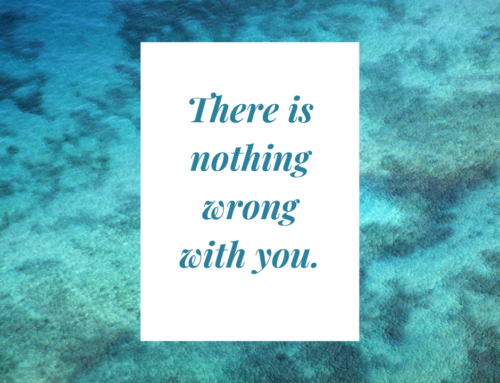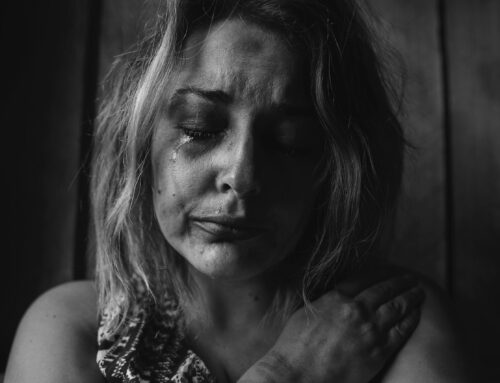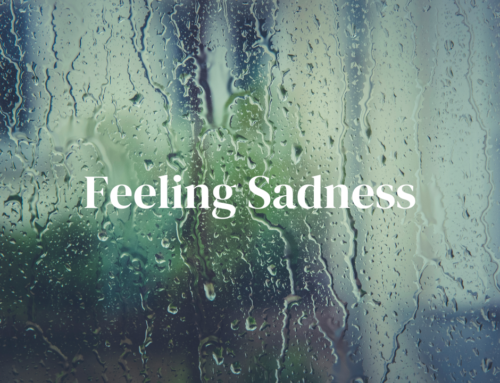To Dance Or Not To Dance? That is the question, and it isn’t an easy one to answer, not for this mom. If it were up to her doctor, she would never dance again, or at least not for a very, very, very, long time. If it were up to her therapist, she would be allowed to dance even before her weight is completely restored and her period has returned. Her doctor sees dance as part of the anorexia, and therefore not compatible with her full recovery. Her therapist sees dance as her therapy, her escape from the intrusive thoughts that anorexia uses to hold her captive. The decision of whether or not to dance, when to dance, how long to dance, and how often to dance perfectly illustrates the conundrum that parents of anorexics face when figuring out how to get proper treatment for their anorexic daughters. There is no one-size-fits-all answer to any of the questions when it comes to anorexia. So, I trust myself, her mother, to know the answer to this question, and to know the answer to the next question, and to be wrong as many times as it takes to get to the best solution for my daughter.
When she was just a toddler, maybe even as young as a baby, she responded to music. If a disco song came on, she somehow mimicked dance moves from the 70s. When she heard a Latin American beat, she instinctively danced her version of the cha-cha.
I started to see that she was born to dance. I have never known someone so naturally inclined to do anything. She was a dancer from the very beginning, long before she ever stepped foot in a dance class. She danced everywhere. People would stop to watch her as she danced to any music she sensed anywhere. She was known to dance in public places like the zoo and the mall. She brought the house down at my sister’s wedding with her moves, and she was only four years old. Wherever there was music, she was dancing, and she was mesmerizing to watch.
So, when anorexia took dance away from her, I had a lot of work to do on my thoughts and feelings about it. My brain immediately went to panic and desperation because I thought that my daughter without dance was not my daughter. I was crushed thinking she would be unable to do what she so loved. I could have stayed in this place of loss and pain, but I knew that the feelings I was having were caused by beliefs that I had the ability to change.
I soon realized that my daughter without anorexia was much more important than whether or not she danced again. I decided that if ballet had any part in the development of her illness, then it would be easy to say goodbye to it being such a central part of her life and her plans for the future.
The question to dance or not to dance will be an ongoing question. It may be that she will no longer want to be a member of a ballet company, and she’ll just dance to her playlist in her room. She may recover and still want to pursue a career as a professional dancer. She may be able to stay recovered because dance is her outlet, her connection to her soul, what she was born to do. Dance may be her incentive to keep fighting the anorexia. Dance may also be a trigger for the thoughts that anorexia wants her to keep having. The mirrors, the costumes, the ballet culture, the comparisons other dancers make, the constant corrections, the auditions, the performances, could be influences that make recovery much more difficult too.
It is okay to not be able to answer the question today. I know that we will figure it out just as we figured out how to feed her to restore her weight. We will make adjustments along the way, and we will ask and answer the question as many times as needed to get her where she is meant to go. One bite at a time, one day at a time, one song at a time, we will keep going.
If you want to learn the tools that can help you navigate your dancer’s recovery, please contact me at jenni@peacemealcoach.com to schedule a free 20-minute mini coaching session.






